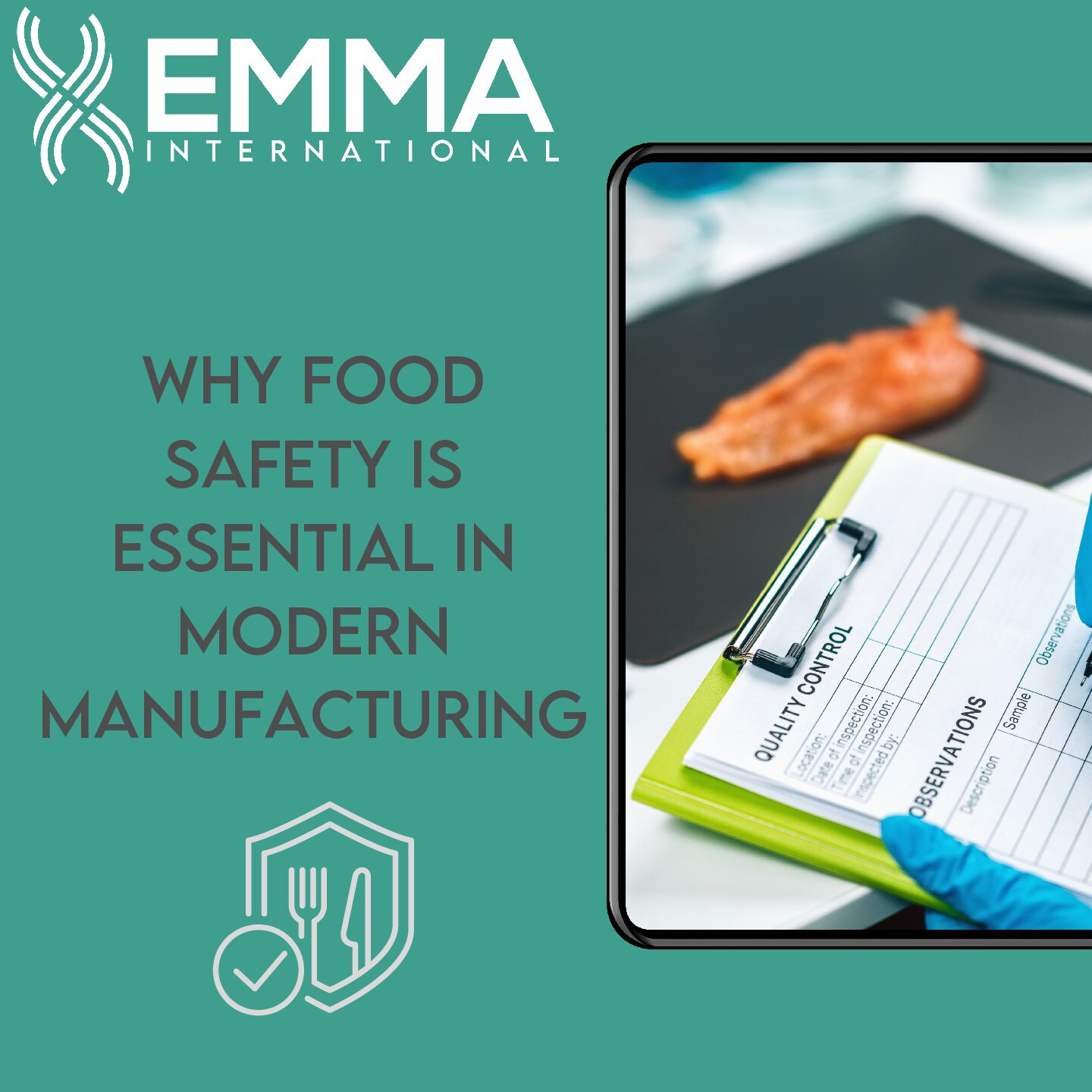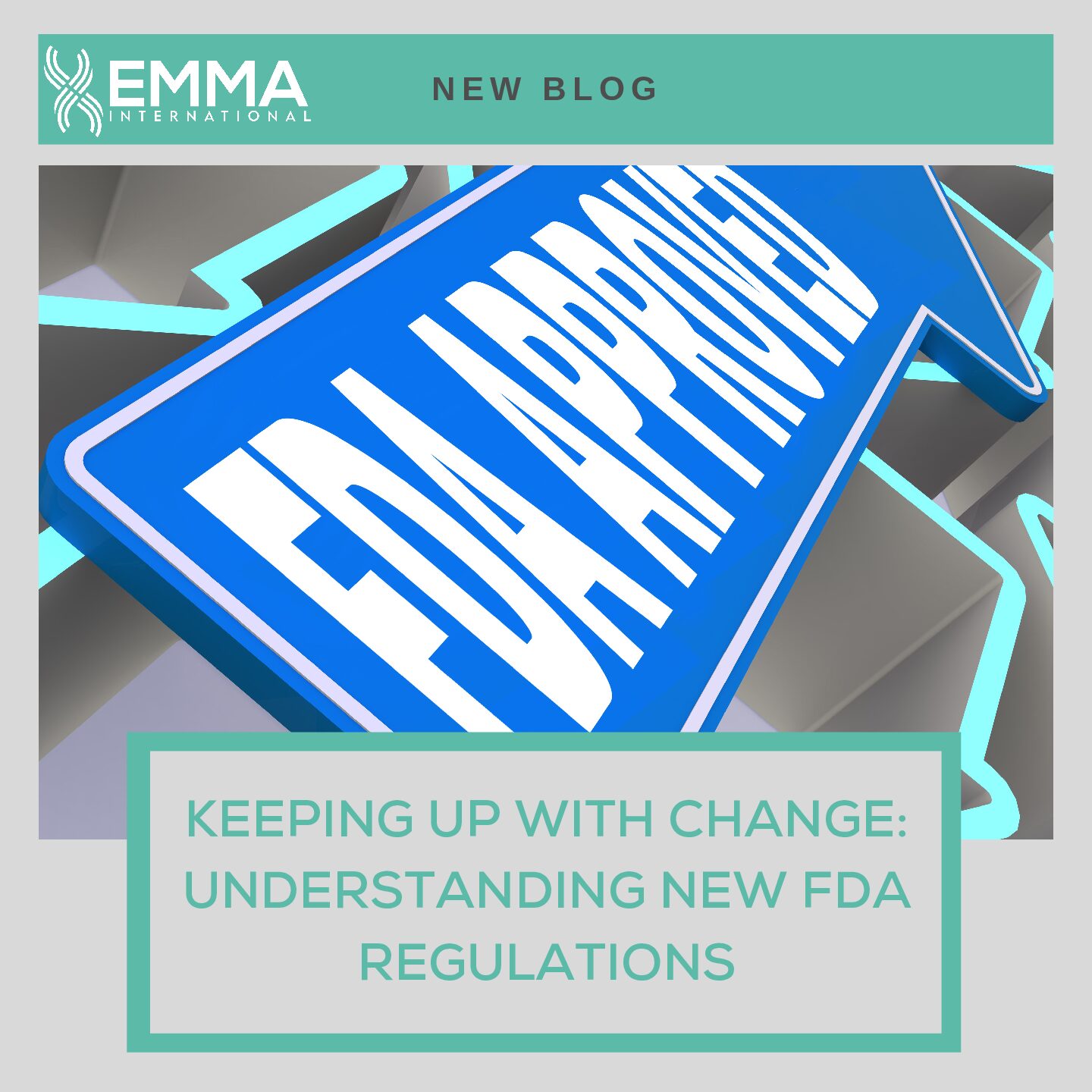The medical device industry is a dynamic and ever-evolving sector that plays a pivotal role in the healthcare ecosystem. As technology advances and healthcare needs evolve, companies in this field are constantly seeking ways to expand their capabilities, enter new markets, and stay competitive. One strategic avenue that has been instrumental in achieving these objectives is mergers and acquisitions (M&A). In this blog, we will explore the vibrant landscape of M&A activities in the medical device industry, highlighting its significance, recent trends, and potential implications for the future.
Recent Trends in M&A Activities
The medical device industry has witnessed several noteworthy trends in M&A activities in recent years:
Cross-Industry Collaborations: Collaboration between medical device companies and pharmaceutical firms has become more prevalent. This trend is driven by the growing importance of combining drug therapies with medical devices, such as drug-eluting stents and wearable drug delivery devices.
Digital Health Integration: With the rise of digital health technologies, many medical device companies have acquired or partnered with digital health startups to enhance patient monitoring, data analytics, and remote patient management capabilities.
Focus on Specialization: Some companies are divesting non-core assets and focusing on specialized areas within the medical device sector. This trend allows them to become more efficient and competitive in their chosen niches.
Global Expansion: M&A activities are often used as a means to access new global markets, particularly in Asia, where healthcare infrastructure and demand for medical devices are rapidly growing.
Regulatory and Compliance Considerations: The medical device industry faces stringent regulatory requirements worldwide. Companies often merge or acquire others to leverage their expertise in navigating complex regulatory landscapes.
Implications for the Future
As M&A activities continue to shape the medical device industry, several implications for the future become apparent:
Enhanced Innovation: The consolidation of resources and expertise from different companies can lead to groundbreaking innovations in medical device technology, ultimately benefiting patients and healthcare providers.
Greater Competition: As major players expand and diversify through M&A, smaller companies may find it increasingly challenging to compete. However, niche markets and specialized solutions will continue to present opportunities for startups and smaller firms.
Regulatory Scrutiny: Regulatory bodies will closely monitor M&A activities to ensure that they do not lead to monopolistic practices or hinder competition. Companies must navigate these regulatory challenges carefully.
Patient-Centric Focus: The integration of digital health technologies and patient-centric solutions will likely continue to shape the medical device landscape, improving patient outcomes and engagement.
Mergers and acquisitions in the medical device industry are a driving force behind growth, innovation, and competitiveness. By strategically aligning with other companies, medical device firms can enhance their market presence, technological capabilities, and global reach. As the industry continues to evolve, staying attuned to the latest M&A trends and their implications will be crucial for both industry insiders and healthcare stakeholders seeking to deliver the best possible care to patients around the world.
EMMA International has the expertise you need for your M&A activities! Contact us today at 248-987-4497 or email info@emmainternational.com to learn more!






